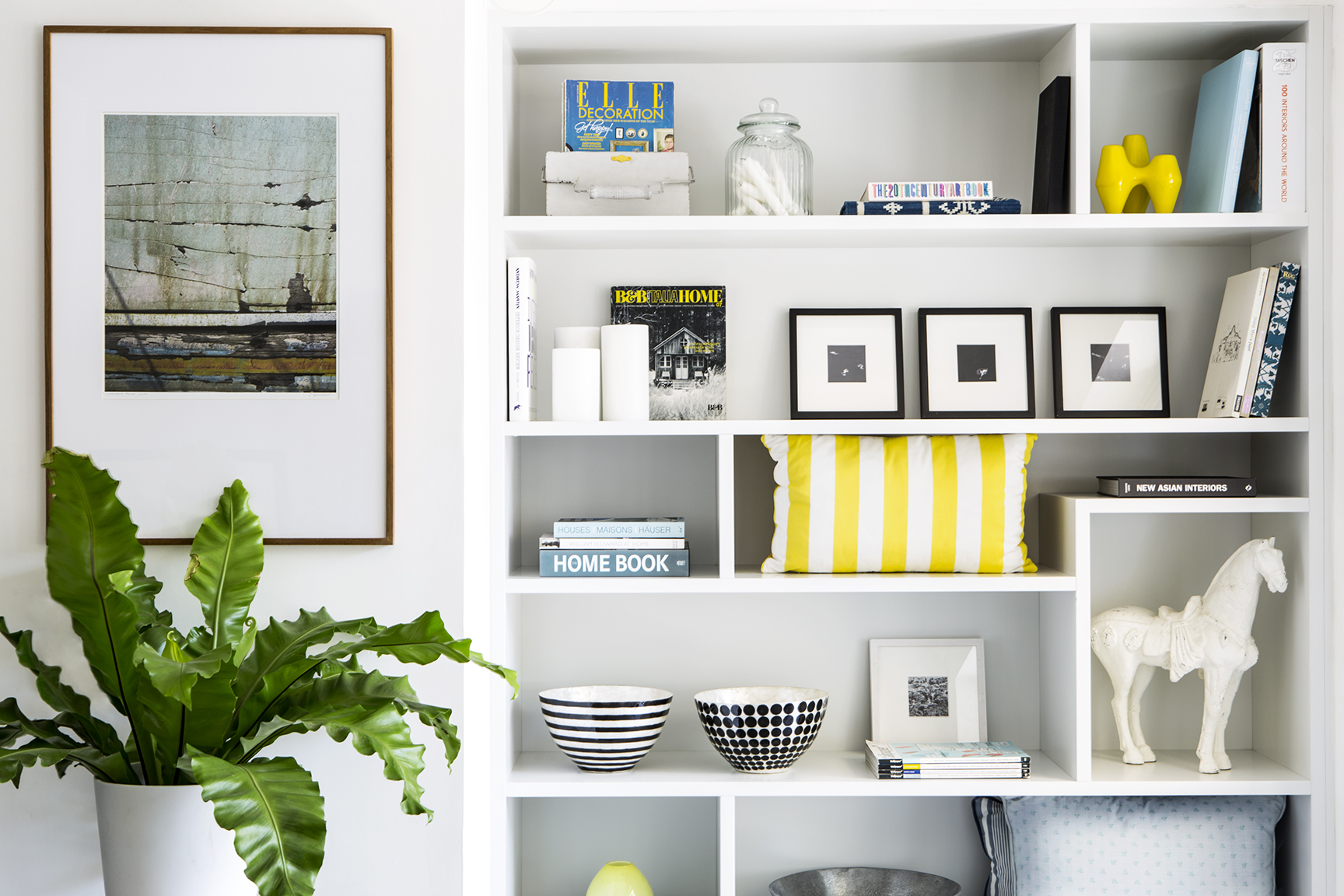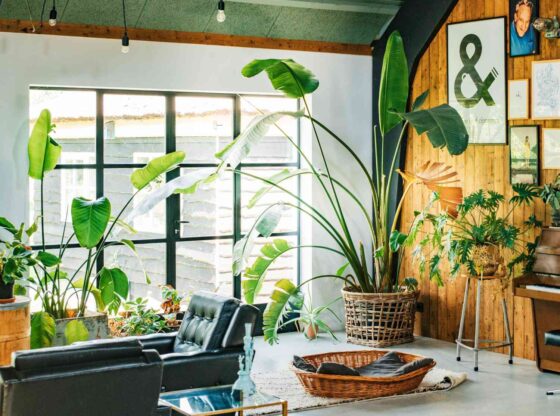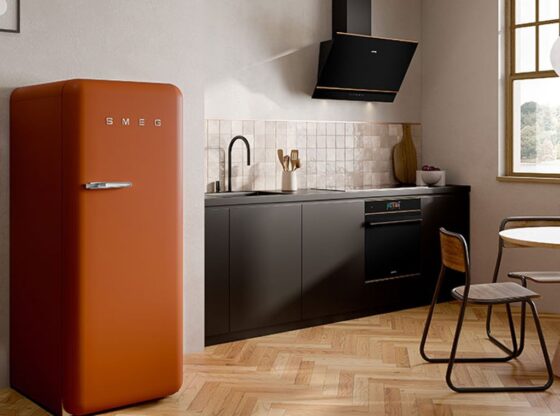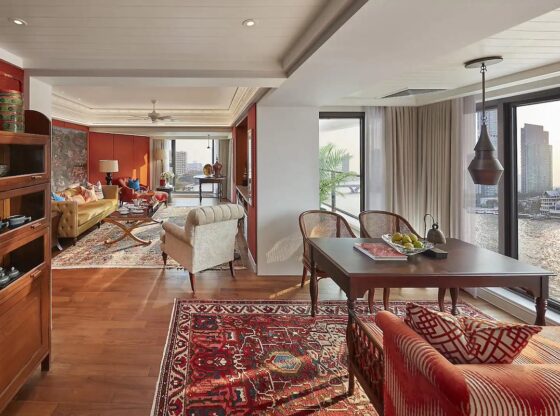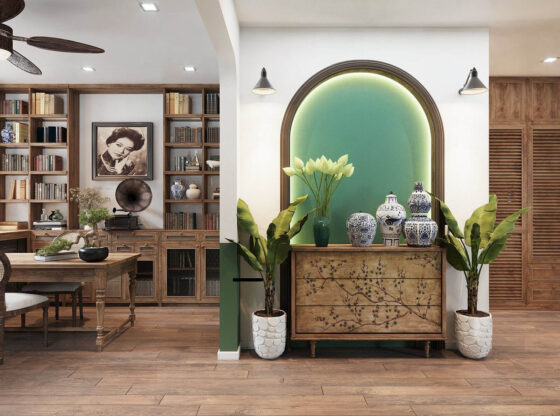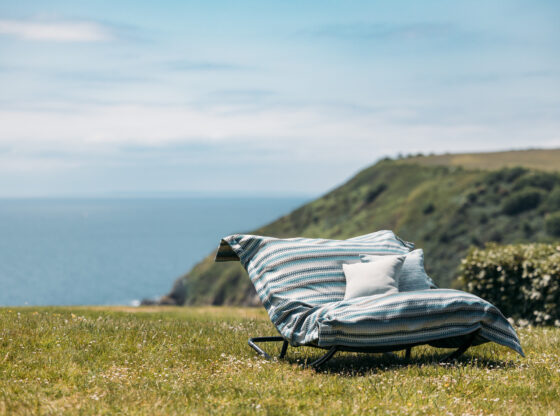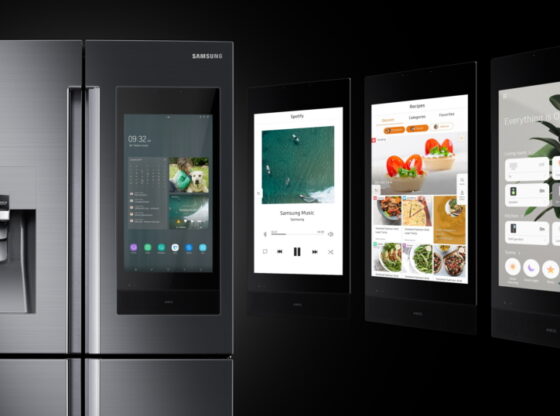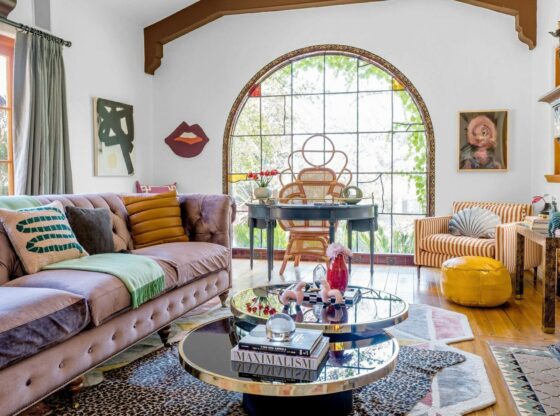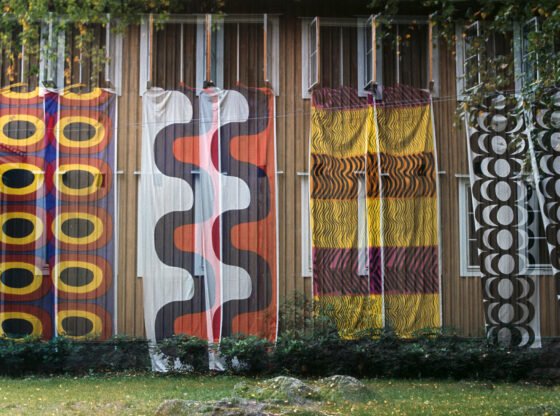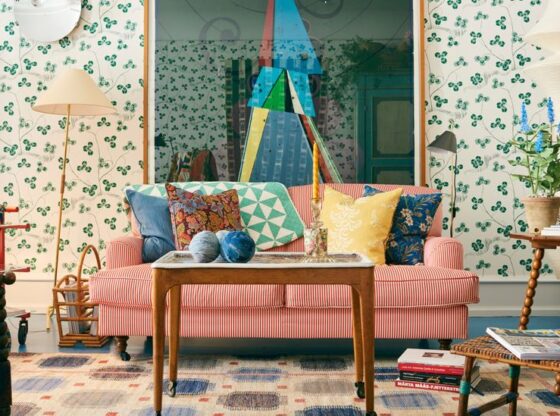![]()
One thing that shocked me when I started looking at property in Thailand was the absence of built-in furniture.
Where I come from built-in entertainment centers, shelving and especially wardrobes are standard.
Not so in Thailand. In defense of developers and builders, with such a wide variety of buyers, it would be impossible to design utility built-in furniture that was perfect for everyone’s needs and taste.
I suppose the best way to keep people from complaining is to let them choose for themselves.
Nowadays developers are a little braver about including built-ins.
Unfortunately quite often it scores low on both utility and quality.
Entertainment centers that don’t fit your stuff … wardrobes with no place for your shoes … no place to hide your golf clubs.
It is still better to do it yourself. So, when you are contemplating built-in furniture, here are some things to consider.
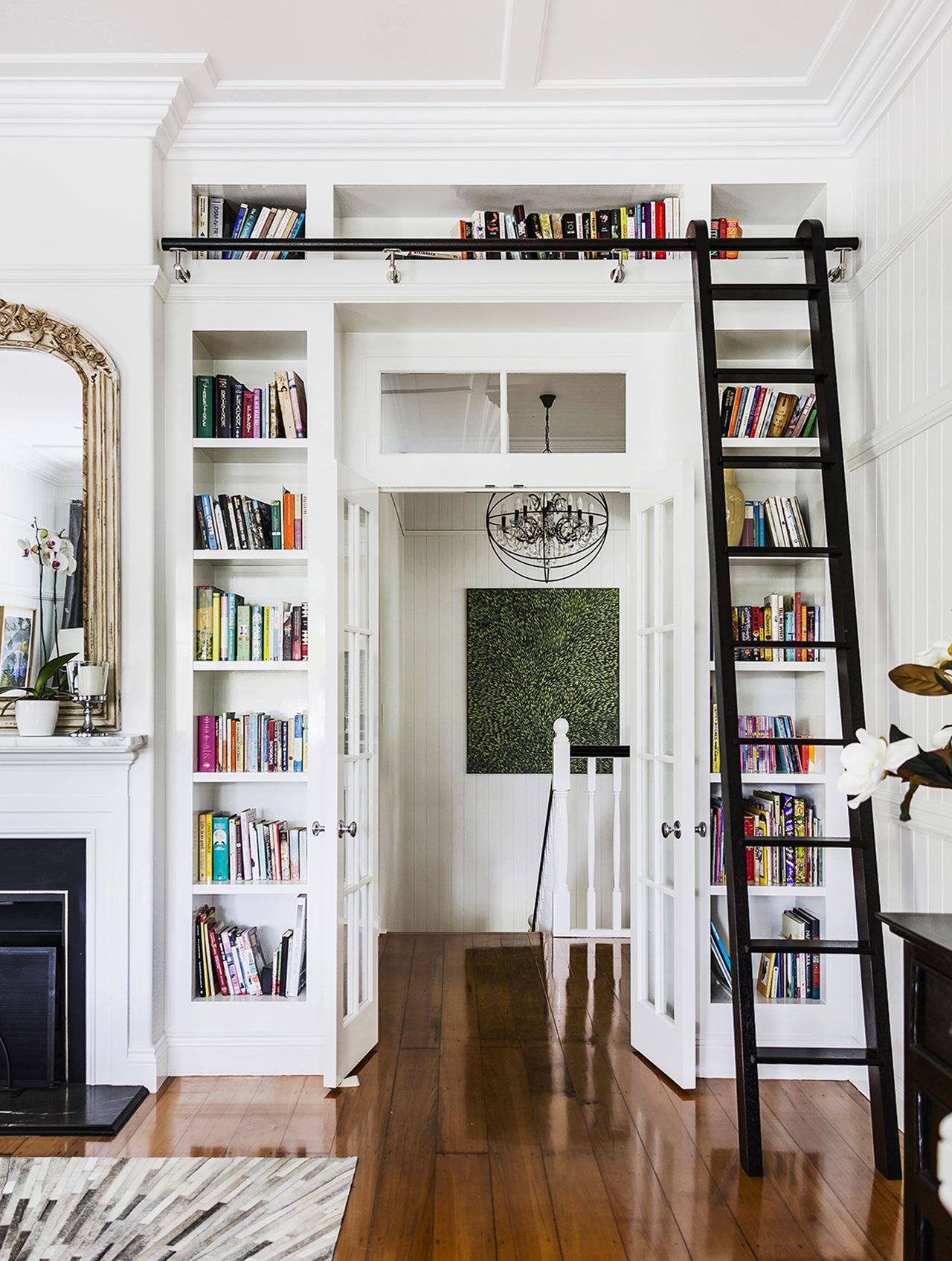
Measure it up
First and foremost, make accurate measurements.
Properly designed and fitted furniture can be spectacular additions to any home. But, poorly fitted built-ins, with gaps and glaring miscalculations can be real eyesores.
Buying pre-made items and trying to fit them to your home almost never works.
Use a reputable furniture company that sends an installation team to your home to accurately measure every centimeter of space the furniture will fill.
Make sure they measure walls at different elevations (floor, midway and near the ceiling) as totally straight walls are a rarity in Thailand. Properly constructed and installed built-ins can atone for the sins of imprecise builders.
Then imagine how you will use the furniture. If it is for storage, consider how much capacity is required and the dimensions of the items you will store. For wardrobes, think about how many shirts, trousers, shoes, etc.
If your wife is a petite Thai lady, make sure shelves and doors are at an appropriate height.
For an entertainment center, take into account the size, weight and number of components your audio-visual system might contain. When it comes to built-in furniture, function should be considered over form.
An experienced interior design company can always make things look better, but only you know how the furniture will be used.
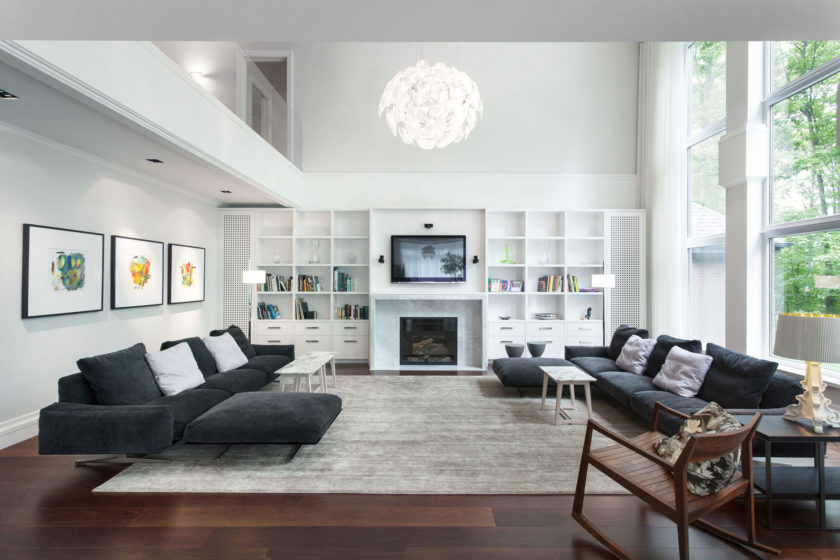
Don’t overdo it
A major mistake many people make is to overdo it on built-in furniture.
There is such a thing as “too much storage”. Rather than rationally calculate their needs, some opt to build out every nook and cranny of their space. The result looks like a retail store or an office rather than a home. And, my experience has been, if you build storage, you feel somehow obligated to fill it with stuff you probably don’t need.
Pay attention to what kind of hardware is used in your built-in furniture.
Radical differences in price from vendor to vendor can usually be attributed to the materials used … especially the hardware.
Insist on stainless steel hinges and drawer runners. And resist the urge to “over hardware” … sometimes you may be overwhelmed with gadgets and mechanisms you don’t need that can add significantly to your furniture bill, especially in wardrobes and closets.
Finishes for built-in furniture are similar to kitchens. Use good wood veneer, high quality laminates or real high gloss finish.
Consider how much use each piece will withstand on a daily basis.
High gloss finishes in heavy usage may not be a good idea as they tend to get scratched. Built-in furniture near water sources like bathrooms and kitchens should be constructed of water resistant materials.
Just because something is built-in doesn’t mean it shouldn’t adhere to the standards as loose furniture.
Finishes and hardware should live up to the same standards.
Built-in furniture takes up open space, but it also creates new spaces you can’t ignore. Take for example a wardrobe that is 2 metres tall installed in a room 2.3 metres high.
A down-n-dirty installation would feature the wardrobe starting flat on the floor and leaving 30 centimeters of space over the top.
Not only will the flush to the floor mounting make the unit look overly bulky, but the unreachable top will begin collecting dust immediately.
A proper installation would feature a separation from the floor with a kickboard closing the space and a matching recessed trim closing out the top with the ceiling to prevent dust bunnies and a hiding place for critters.
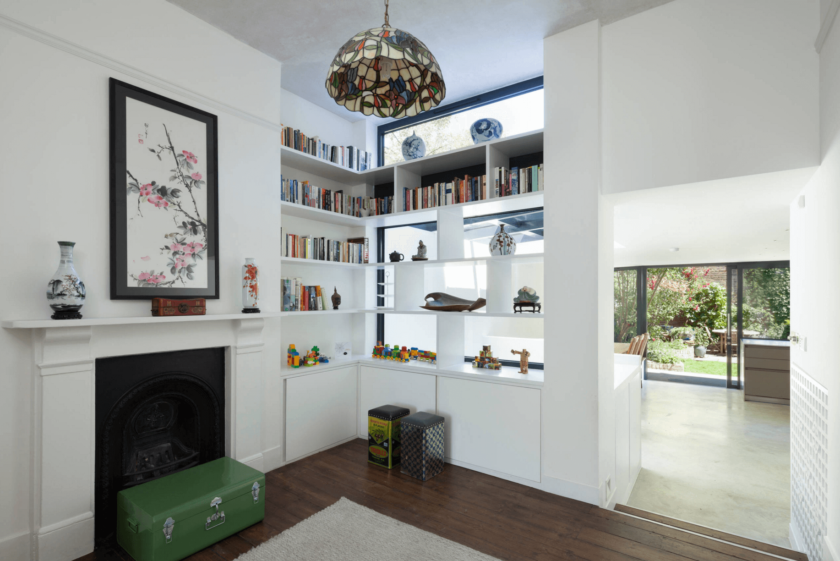
Science involved
There’s some science involved in designing an entertainment center. Determine where your loose furniture will be placed and at what distance.
Only in this way can you figure out how high to mount your TV. Speakers should be placed at ear level for the most realistic sound.
Again, function should take the lead and form bent to its will.
The materials used for entertainment centers should reflect usage. High gloss is great, but make sure to install a glass top on flat surfaces to protect them from components or décor resting there. Consider the light, both natural and man-made, as no amount of adjusting your TV can counter constant glare.
Background materials are important to comfortable viewing. A highly reflective surface may be quite distracting.
A totally black background may darken the whole room and look like a “black hole”.
The best background for state-of-the-art TV viewing is a medium gray color. A popular choice is alu-carbon, a grayish/silver background that creates a natural backlight without being reflective like a mirror. It’s inexpensive, easy to install and stylish.
When you are talking to your designer about built-in furniture, don’t rule out using loose furniture in combination with it.
Tailoring built-ins to accent nice beds, sideboards and TV stands can be used for great dramatic effect. If you have a piece of furniture whose lines and design are pleasing to your eye, mimic them in your built-ins to advance their lines even further.
Resting your flat screen TV atop a nice sideboard may look small and bland, but a matching built-in back splash could really make it pop.
My best advice is to seek out a professional company that employs a designer with computer 3D skills. Get the measurements right, look at lots of examples of good built-in furniture and stay focused on the usage. Built-in means custom, so make sure you get what you really want.
By Bart Walters


